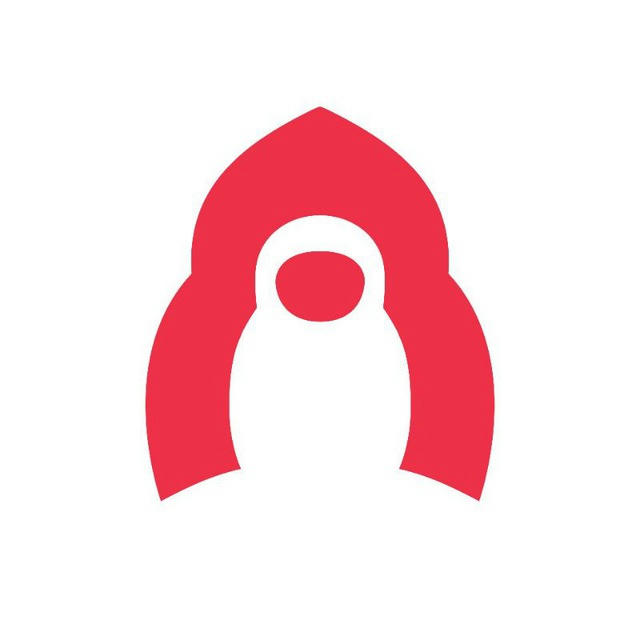
Russia Beyond
Our chat: @russiabeyondchat Questions or suggestions: @pulya We are the world’s largest community of people interested in Russia - be it culture, travel, history, learning the language and so much more!
Больше- Подписчики
- Просмотры постов
- ER - коэффициент вовлеченности
Загрузка данных...
Загрузка данных...
Konstantin Borisov was an ordinary office manager who set out on a journey to fulfil his childhood dream and become a cosmonaut, which is how astronauts are called in Russia. It took him seven years to pursue this dream. Starting as a candidate, he underwent a rigorous selection process and joined the astronaut corps. However, that was just the beginning. Kostya had to learn everything, even basic everyday tasks, following strict regulations. He prepared to conduct experiments in space — from cultivating algae to studying changes in the human body. And after 5 years, he heard the coveted words: «You're flying to space»!
Russia’s main author of short stories and playwrights lived a short life and died at the age of just 44. A doctor by profession and a pedant by...
Ваш текущий тарифный план позволяет посмотреть аналитику только 5 каналов. Чтобы получить больше, выберите другой план.
